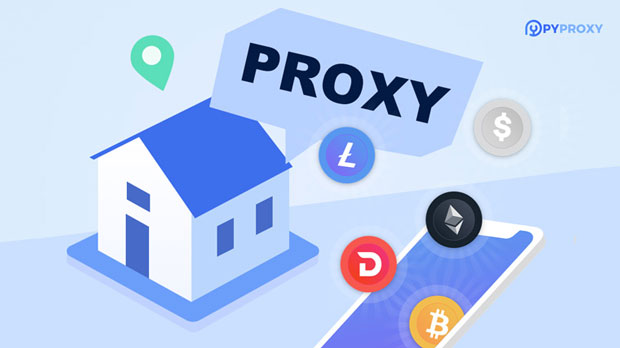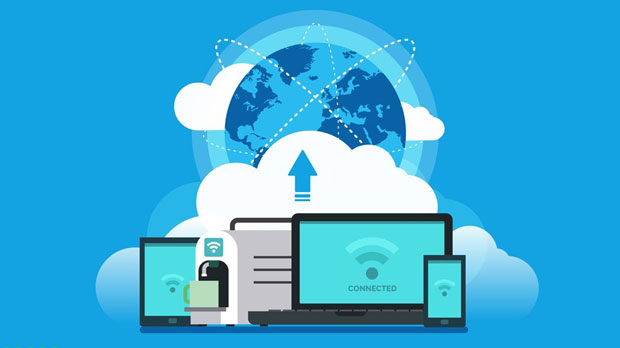When considering the compatibility of Extra Torrents Proxy HTTP Proxy with P2P downloads, one must first understand the nature of both technologies. HTTP proxies work by acting as intermediaries between users and their desired web destinations, facilitating anonymous browsing and security. On the other hand, Peer-to-Peer (P2P) downloading allows users to directly exchange files without relying on central servers. The combination of these two can result in improved security and privacy for users, but it also brings specific challenges related to speed, reliability, and overall effectiveness in facilitating P2P downloads. Understanding Extra Torrents Proxy HTTP ProxyAn HTTP proxy server functions as an intermediary between a user and the internet. When using an HTTP proxy, requests are sent to the proxy server, which then forwards the requests to the target server, retrieves the content, and sends it back to the user. This setup can provide privacy benefits, such as masking the user's real IP address, enhancing security, and bypassing geographical restrictions.Extra Torrents Proxy HTTP Proxy, in particular, is used to circumvent access restrictions and unblock content from torrent websites. It works by acting as a middleman between the user and the website, ensuring that the user remains anonymous. However, its compatibility with P2P downloads, which are central to torrenting, needs deeper analysis to assess its real-world effectiveness. Challenges Faced by Extra Torrents Proxy HTTP Proxy with P2P DownloadsWhile HTTP proxies offer anonymity and security, they can have limitations when used with P2P protocols like BitTorrent.1. Slower Speeds: The HTTP proxy method introduces an additional layer in the download process. Instead of directly connecting to a peer, the data must go through the proxy server. This added step introduces latency and reduces overall download speeds, which can be particularly detrimental for large torrent files.2. Limited Support for P2P Protocols: Most HTTP proxies are designed for traditional web browsing (HTTP/S traffic). However, P2P file-sharing protocols often rely on specific ports and direct peer-to-peer communication. As a result, HTTP proxies may not fully support these specialized ports, reducing their effectiveness in handling torrent traffic.3. Encryption and Firewall Issues: HTTP proxies generally do not offer encryption to the same extent as dedicated VPN services. This lack of encryption can leave users vulnerable to detection by ISPs or content providers. Additionally, many HTTP proxies may not bypass firewalls as effectively as VPNs, causing connectivity issues with P2P networks. The Role of Proxies in Enhancing P2P Security and PrivacyDespite the challenges outlined above, using an HTTP proxy can still enhance the security and privacy of P2P downloads under certain circumstances.1. IP Address Masking: The most significant benefit of using an HTTP proxy with P2P downloading is IP address masking. When downloading torrents, a user's real IP address is visible to others in the swarm, which could potentially be traced back to them. By routing traffic through an HTTP proxy, the user's real IP address is concealed, reducing the risk of legal or privacy issues.2. Accessing Blocked Torrents: In regions where torrenting sites or specific content are blocked, an HTTP proxy can act as a tool for bypassing these restrictions. Users can access blocked torrent trackers and continue downloading files even when their ISP has blocked access to certain sites.3. Avoiding Throttling: Some ISPs throttle or slow down P2P traffic, particularly when it is detected. By using an HTTP proxy, users may evade detection by ISPs and avoid the throttling of their P2P downloads. While proxies are not as effective as VPNs in this regard, they may provide an additional layer of obfuscation. Limitations of Using Extra Torrents Proxy HTTP Proxy for P2P DownloadsThough HTTP proxies have their advantages, they also come with several drawbacks, particularly for P2P downloads.1. Reduced Download Speeds: As mentioned earlier, the extra step of routing traffic through an HTTP proxy introduces latency. This extra hop can drastically reduce download speeds, making it impractical for users who wish to download large files quickly.2. Incompatibility with Torrenting Protocols: HTTP proxies are designed primarily for HTTP/S traffic and may not be compatible with the protocols used in P2P file-sharing. This incompatibility can lead to failed connections, incomplete downloads, or frequent disconnections, making the use of HTTP proxies in torrenting less effective.3. Security Risks: While HTTP proxies offer basic privacy benefits, they do not encrypt the user's traffic. This means that, while the user's IP address may be hidden, the data can still be intercepted or monitored by third parties. This lack of encryption is a significant drawback, especially for users concerned about privacy while torrenting.4. Legal Implications: Depending on local laws, using proxies to access torrent sites may still expose users to legal risks. Some jurisdictions have strict laws regarding torrenting and file-sharing activities, and while proxies can help mask the user's identity, they do not provide full legal protection. Alternatives to Extra Torrents Proxy HTTP Proxy for P2P DownloadsGiven the limitations of Extra Torrents Proxy HTTP Proxy, users looking for a more reliable and secure option for P2P downloads should consider alternatives.1. VPNs (Virtual Private Networks): Unlike HTTP proxies, VPNs encrypt all internet traffic, including P2P file-sharing protocols. This encryption ensures that the user's online activities remain private and secure. Additionally, VPNs often provide better speeds, bypass geo-restrictions more effectively, and offer enhanced protection against ISP throttling and legal threats.2. Seedbox Services: Seedboxes are remote servers that allow users to download and upload torrents without exposing their local IP addresses. Using a seedbox can provide faster download speeds, greater anonymity, and the ability to access torrents without worrying about local restrictions.3. Dedicated Proxy Services for P2P: There are proxy services specifically designed for torrenting. These proxies support the P2P protocols and allow for faster, more efficient downloads than standard HTTP proxies. Dedicated P2P proxies also provide better security and are optimized for torrent traffic. Conclusion: Is Extra Torrents Proxy HTTP Proxy Suitable for P2P Downloads?In conclusion, while Extra Torrents Proxy HTTP Proxy may offer some benefits in terms of privacy and accessing restricted content, it is not the most efficient or reliable solution for P2P downloads. Its limitations in speed, compatibility, and security make it less than ideal for users who require a smooth and fast torrenting experience.For users who prioritize speed, security, and privacy while downloading torrents, a VPN, dedicated P2P proxy, or seedbox service would be a more suitable alternative. While HTTP proxies may serve their purpose in some cases, they are not the best tool for the demands of modern P2P file-sharing.
Jul 24, 2025



































































